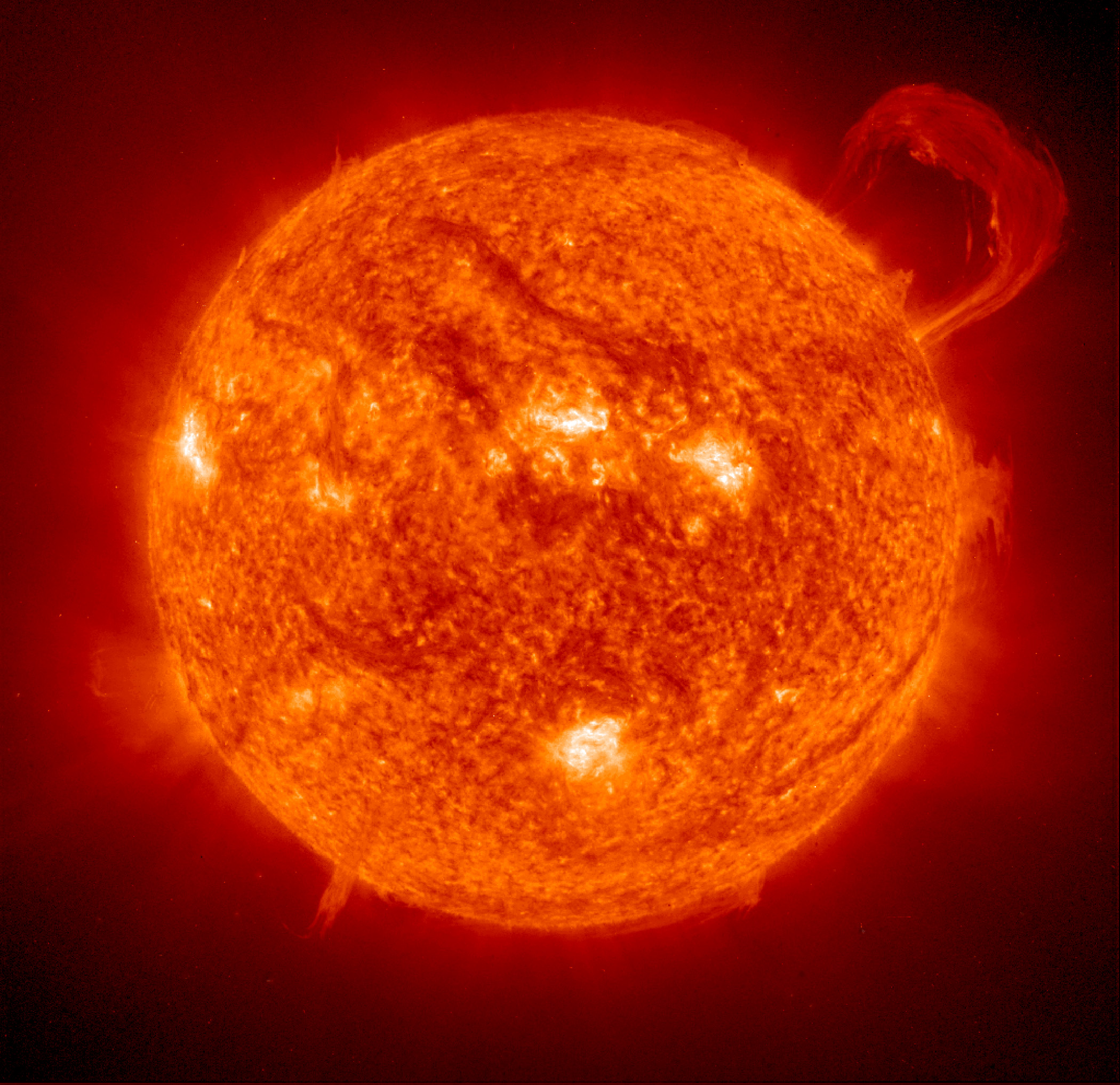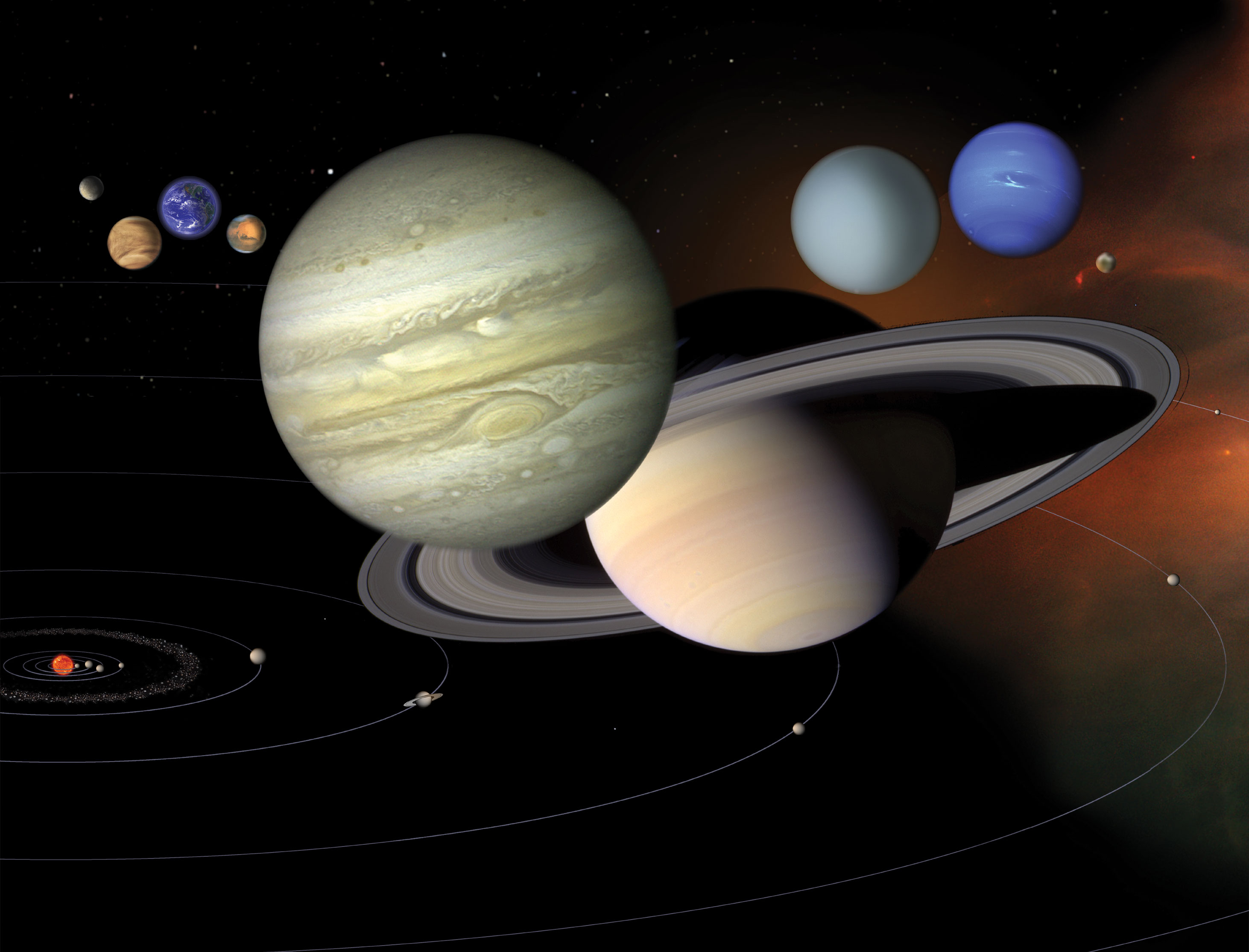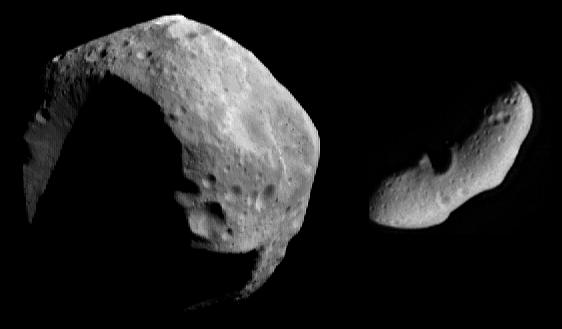Arrokoth Overview
Arrokoth is a small Kuiper Belt object also known by its original designation (486958) 2014 MU69, and its nickname, Ultima Thule. Arrokoth is Powhatan/Algonquian for "sky."
The most distant and most primitive object ever explored by a spacecraft, Arrokoth was discovered in 2014 by NASA’s New Horizons spacecraft's science team, using the Hubble Space Telescope.
New Horizons flew by Arrokoth on Jan. 1, 2019, snapping images that showed a double-lobed object that looked like a partially flattened snowman. It’s also very red – even redder than Pluto. The object's strange shape – unlike any ever seen – was the biggest surprise of the flyby. Nothing like it has been found anywhere else in the solar system.
Arrokoth is in a region of space beyond Neptune called the Kuiper Belt that is swarming with small, icy and ancient objects. Because they are so far from the Sun, Kuiper Belt objects have only been slightly heated since forming, and are thought to be well-preserved, frozen samples of what the outer solar system was like after its birth more than 4.5 billion years ago.
Did You Know?
- Arrokoth was discovered June 26, 2014, by NASA’s New Horizons spacecraft team using the Hubble Space Telescope.
- Arrokoth is the most distant object explored by a spacecraft.
- Arrokoth is even redder than Pluto. It is, in fact, the reddest outer solar system object visited by a spacecraft thus far.






